
Editor’s Note: This story originally appeared on The Penny Hoarder.
How would you like to invest $30 and be paid a $45 dividend on your investment every year after that?
That’s essentially what you do when you make certain energy-efficient home improvements to lower your expenses.
And now is the time for improvements: Electric and natural gas prices are on the rise, but an energy-efficient home can keep those utility bills at bay.
If you take the steps suggested that follow — especially if you do the work yourself — you could save a bundle on electric and gas bills. And if you think of the improvements as an investment, you can enjoy a healthy annual rate of return without paying income taxes like you would on regular investment returns.
The High Cost of Electricity and Natural Gas

If you pay for powering your home, you know that the dollars can really add up.
The price per kilowatt hour (kWh) of electricity in the U.S. rose from nearly 14 cents to 15 cents over the last year, according to the Energy Information Administration. While a single cent might not sound like much, the average American household uses nearly 900 kWh of electricity each month.
That means the average monthly electric bill has gone up about $9 in 2022 to roughly $135. But your bill can vary widely depending on where you live and whether you also rely on alternative energy sources like gas or solar power.
And it’s not just electricity prices that are skyrocketing. Natural gas prices hit a 13-year high earlier this year and are expected to continue to grow, due to a healthy mix of weather, inflation, and supply shortages.
Inflation and extreme weather may be out of your control, but you can actively keep your gas and electric bills lower by investing in your home’s energy efficiency.
And it doesn’t have to be a major renovation, like new windows or a better roof. Small, affordable home improvements can make your home more efficient and translate to real savings.
Ready to get started? Here are several ways to save money by improving your house.
1. Insulate the Water Heater
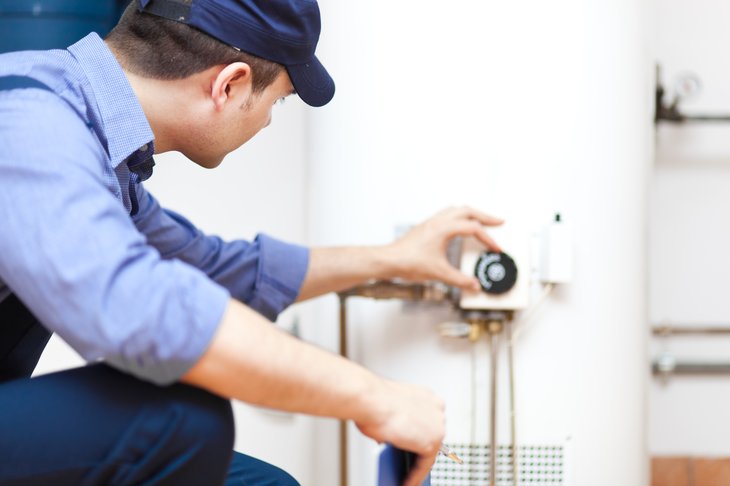
An insulating jacket for your hot water heater will cost $30 or so, and you can install it yourself in about an hour.
Don’t worry: You can quickly recoup every cent spent on the jacket. According to the experts at the Department of Energy, insulating a hot water tank saves 7% to 16% annually.
In other words, assuming the average hot water costs $438 to operate annually, you’ll have $30 to $70 more in your pocket each year.
If you’re able to make a bigger up-front investment, you may consider replacing your traditional electric water heater with a heat pump water heater.
Instead of generating heat directly, heat pump water heaters act more like refrigerators in reverse — they pull heat into the device instead of pushing it out.
A family of four could save more than $350 per year on its electric bills, compared to a standard electric water heater, according to the DOE. The DOE estimates the cost to switch is approximately $800, so that family of four would start seeing savings after a little over two years. Over the heater’s 13-year lifespan, expect savings of $3,750.
The Energy Star site has a questionnaire to help you decide if heat pump water heaters are a good fit for your home.
2. Install a Smart Programmable Thermostat
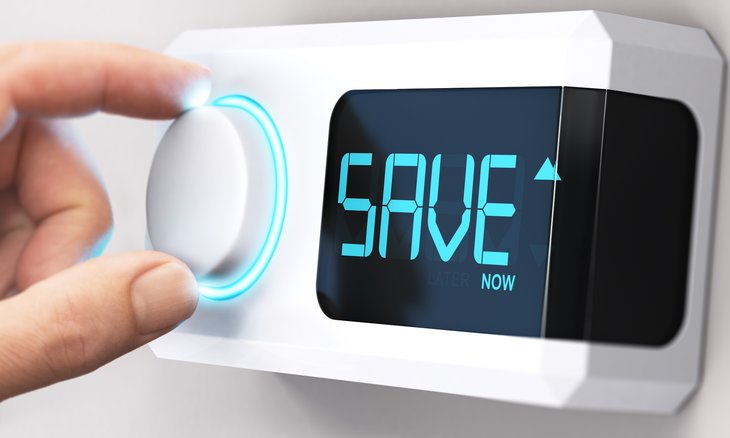
You don’t need as much heat (or cold air) when you’re in bed at night, and you need even less when you are out of the house (assuming you have no pets at home). But you don’t want to climb out of bed on a cold winter morning or come home to a hot house in the summer.
A smart thermostat solves these problems by automatically adjusting the temperature settings for you. Ten minutes before you get up in winter, the heat turns on. Ten minutes before you get home after a hot summer day at work, the air conditioning adjusts to start cooling the house. You use the heating and cooling only when you actually need them.
A programmable thermostat can save you $50 on heating and cooling costs each year, according to the government’s Energy Star program. Starting around $40, many models are simple enough to install on your own and can pay for themselves in less than a year.
3. Switch Out Light Bulbs

Another bright idea for savings? Replacing your light bulbs.
Light emitting diode (LED) light bulbs are 90% more efficient than traditional incandescent bulbs and can last up to 20 years (about 100,000 hours of operation).
LEDs used to be expensive for a single bulb, but today, you can get a six-pack of LED bulbs for around $10.
By replacing the incandescent bulbs throughout your home with LED lighting, you can save about $225 in energy costs per year, according to the EPA’s Energy Star Program.
4. Bundle Up Water Lines
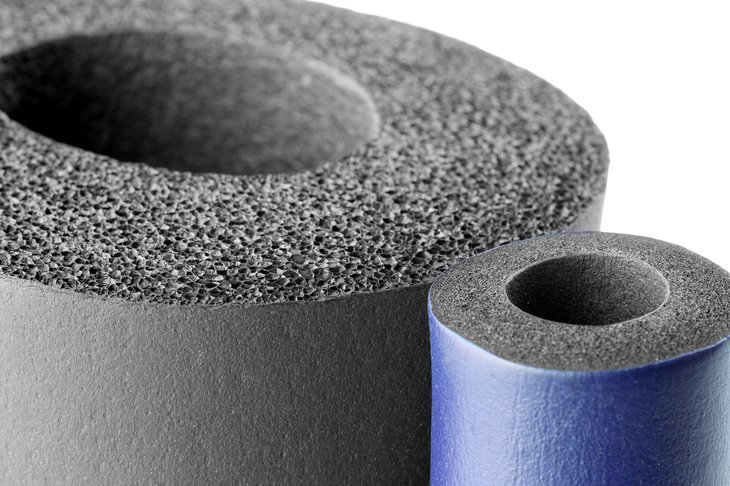
Bare water lines leak heat, so you have to set the temperature of the water heater higher to still get a hot shower at the other end of the house.
Solve this problem with a little pipe insulation: an inexpensive foam tube with a slit down the side. Just cut it to the required length with scissors and push it onto the pipes.
This project will take you about three hours for a small home and cost $10 to $15 total, according to the Department of Energy. Each year, you’ll save 3% to 4% heating your water.
5. Replace Ceiling Fans
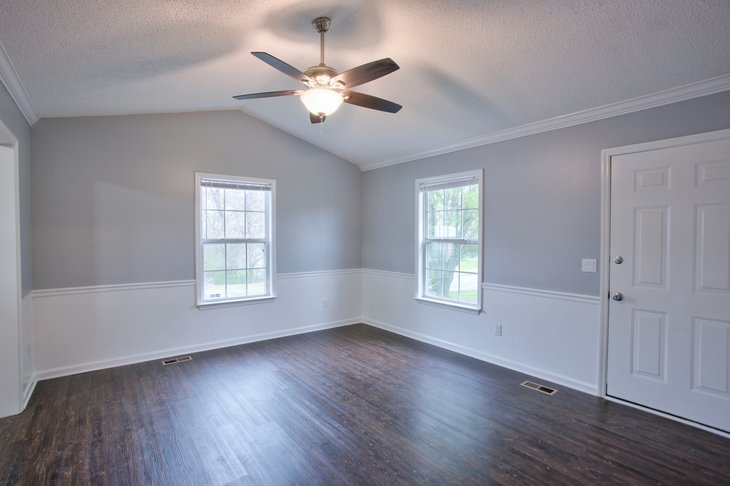
Ceiling fans in general can help you save on heating and cooling costs.
In the summer, run the fan blades counterclockwise to generate a cool breeze — thus reducing the need to run the more expensive air conditioning. Running the blades clockwise pushes warm air that has risen to the ceiling back down into the room, helping cut heating costs in the winter.
You can realize even more savings by replacing your old, inefficient fans with Energy Star certified fans, which are 60% more energy-efficient than older models, according to the DOE. (And be sure to use your energy-efficient light bulbs in the fixtures.)
6. Buy a New Refrigerator

If your refrigerator is working fine, there’s normally no good reason to replace it, even if the new one is a bit more efficient. But if you have a fridge that’s more than 15 years old, it might be time to replace that one.
To find out exactly how much you can save on energy costs over a five-year period, enter your current refrigerator’s info in the Energy Star Flip My Fridge Calculator.
7. Insulate the Attic
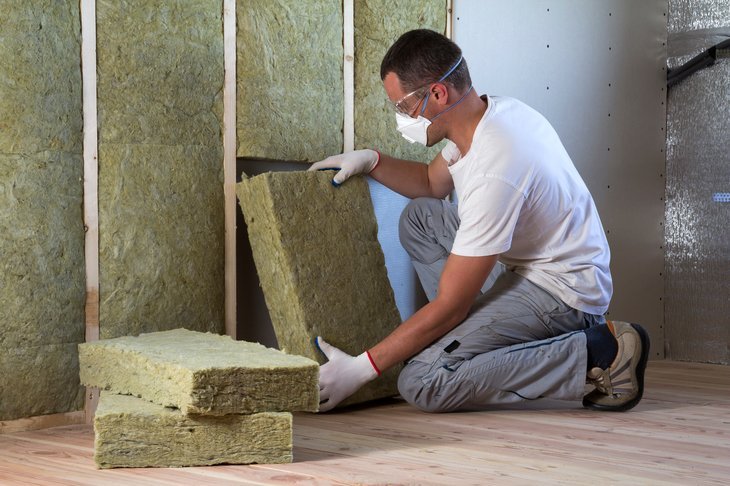
If you run your heater or air conditioner most days, you might save some serious money by adding new insulation to your attic.
Upgrading attic insulation from R-11 to R-49 is something you can do by yourself in a day or two for about $750, according to HouseLogic.com. (The cost is about double if you want professionals to install it.)
You’ll save about $600 per year on heating and cooling costs, depending on where you live and the type of heat you have. It also adds value to your home if you decide to sell in the future.
8. Seal Air Leaks
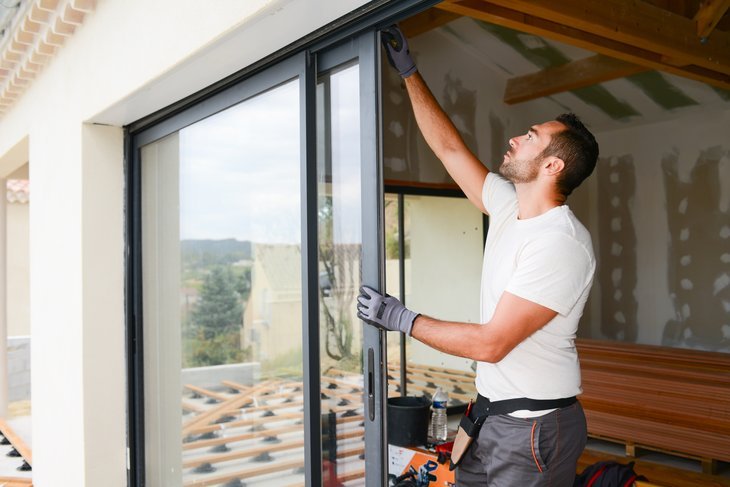
Check for cracks or spaces around door frames, windows, and entry points for pipes and cables. You lose heat from these gaps during the winter and cool air in the summer, adding to your heating and cooling costs.
It takes about $20 in caulking and peel-and-paste insulating strips to seal these up all over the house, according to Homewyse. This is a project you’ll want to do yourself — it’s fairly easy, and you’ll spend an additional $200 to $500 in labor for professionals to handle it, depending on the size of your home.
Doing this will cut your heating and cooling costs by an average of 10% to 20%, depending on where you live. That’s potentially hundreds of dollars saved for an investment of an afternoon and $30.
9. Replace Toilet Flapper
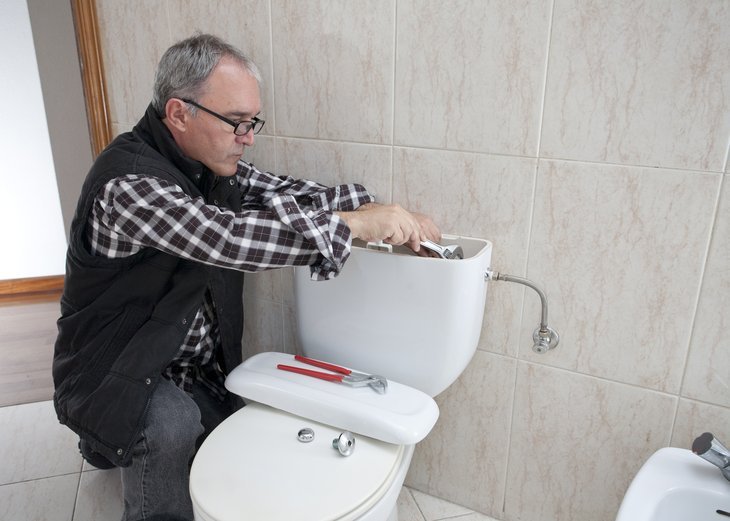
If you hear your toilet running when it isn’t being used, you probably have a leaky flapper.
It’s not just an annoyance — a leaky flapper can waste 180 gallons of water every week.
You can buy a new flapper valve for under $5, saving you $25 per year.
Disclosure: The information you read here is always objective. However, we sometimes receive compensation when you click links within our stories.



